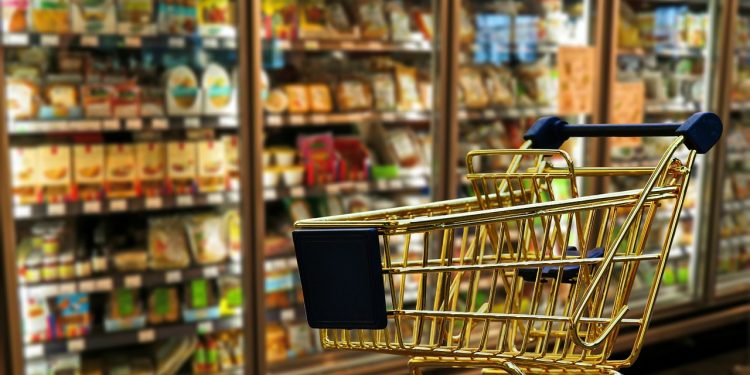
Salling Group is allocating half a billion Danish kroner (about 67 million euros) this week for small and medium-sized suppliers of supermarket chains Netto, føtex and Bilka. In doing so, the company discontinues the credit period of approved invoices, so that the Danish suppliers receive their money immediately. Salling Group hopes that this helps Danish companies, so that they can get better through the current crisis.
Per Bank, CEO of Salling Group: “We are well aware that it is a modest amount in comparison to the national aid packages. Our initiative contributes to improve the turnover of small companies and it is our contribution to the goal of retaining as many jobs as possible in Denmark during the corona crisis.”
The contribution applies to delivery of products and of services. The services that Salling Group internally uses, concern production at the bakery and butcher's departments or are in connection with cleaning or repairing of buildings.
Per Bank: “We see fantastic solutions at many of the family businesses and local producers that Salling Group cooperates with. We would like to safeguard the ambition to develop new products and the diversity that exists in Denmark, also with an eye on the future.”
Apart from the classic mistake of buying yoghurt instead of milk, getting used to the Danish prices, very high many find, and the general lack of selection and variety, can be quite a challenge.
Upon moving to Denmark, one new adjustment is certainly dealing with your daily groceries and household supplies shopping.
If you find Danish prices high, you are possibly not surprised by the European Price Index Statistics, which place Danish food prices at the very top of the 15 EU countries Danes normally compare themselves with, as well as at the top of all 28 EU countries.
The general food price level is at index 130 of a European average (all 28 countries) set at 100 ( excluding alcoholic beverages).
Compared with, for instance, France (at index 116) and Germany (at index 102), and even a small EU country such as The Netherlands (index 101), Danish prices are certainly in a league of their own.
For bread and corn products – a Danish passion – the level is even higher and, with an index of 152 Danes certainly do not benefit much from being such enthusiastic bread eaters.However, it does seem that a couple of countries are surpassing the Danes, with levels being higher for some food categories according to the European Price Index, for instance; fruit and vegetables take Denmark (index 117) to a seventh place after Finland (index 129), France (index 127), Austria (index 126), Ireland (index 126), Sweden (index 125) and Luxembourg (index 119).
For many years, Danes have been notorious for trying to spend as little as possible on their groceries (maybe due to the prices) and shopping at discounters or scanning the “tilbudsaviser” is a national sport.
Shopping across borders is also common. For instance, Danes living in mid and south Jutland are quite used to driving to German outlets, as prices there are much lower than in the Danish ones because of the lower German VAT on food compared to Denmark’s 25 percent.
However, you may not be fortunate enough to live close to the border and instead have to deal with what is available in your neighbourhood.
In this short guide, you will find an overview of what the market looks like, who the main players are and how you can shop smart to reduce the cost.

No comments:
Post a Comment